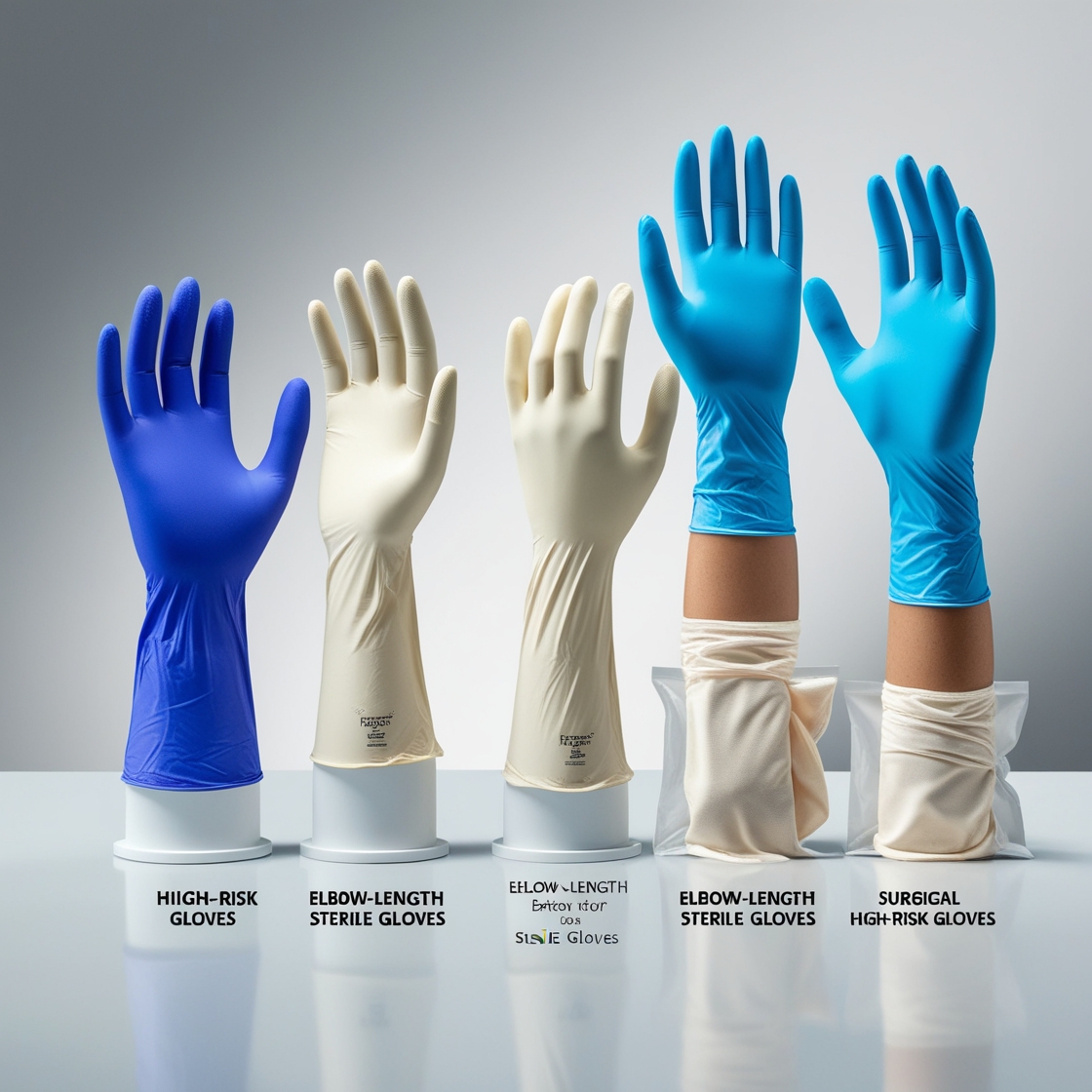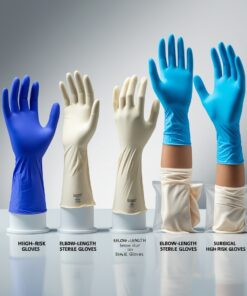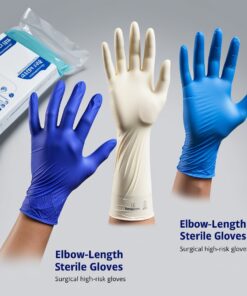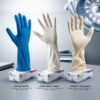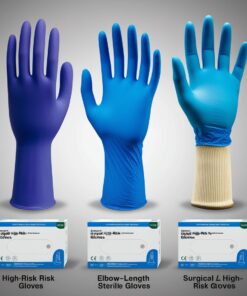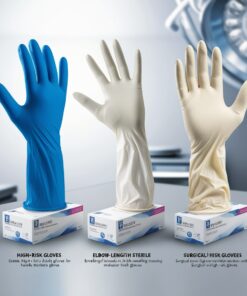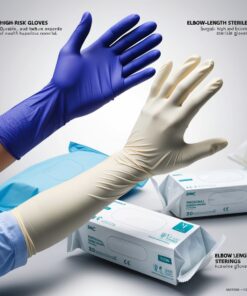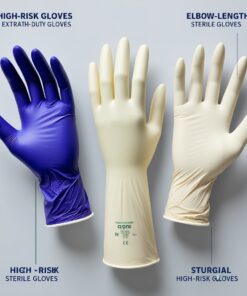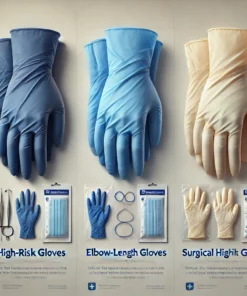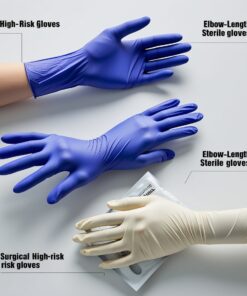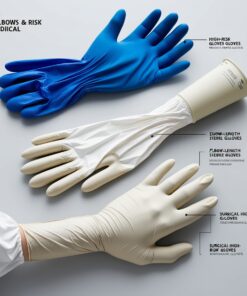-
×
 Disposable Gloves Medium Latex - Box 100 Units
1 × R154.99
Disposable Gloves Medium Latex - Box 100 Units
1 × R154.99 -
×
 Reusable scrubs top green large
1 × R160.00
Reusable scrubs top green large
1 × R160.00 -
×
 cranberry evolve 300
1 × R154.99
cranberry evolve 300
1 × R154.99 -
×
 medical student Lab coat
1 × R226.46
medical student Lab coat
1 × R226.46 -
×
 Transform PTR 20"-51cm Electric Wheelchair
1 × R44,534.70
Transform PTR 20"-51cm Electric Wheelchair
1 × R44,534.70 -
×
 Diagnostic Examination bed
2 × R3,740.25
Diagnostic Examination bed
2 × R3,740.25 -
×
 White 660 liter wheelie bin
1 × R6,400.00
White 660 liter wheelie bin
1 × R6,400.00 -
×
 acid resistant rubber
1 × R365.21
acid resistant rubber
1 × R365.21 -
×
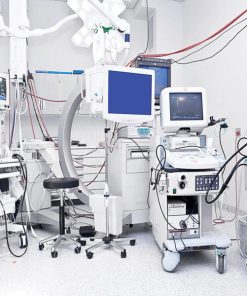 doctor equipment png
1 × R6,189.99
doctor equipment png
1 × R6,189.99 -
×
 3ply adults lace printed mask pink (pack of 50)
1 × R45.00
3ply adults lace printed mask pink (pack of 50)
1 × R45.00 -
×
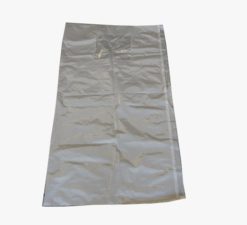 Black Window & Side Zip 160 Micron - Infant
1 × R85.61
Black Window & Side Zip 160 Micron - Infant
1 × R85.61 -
×
 adhesive wound dressing
1 × R55.80
adhesive wound dressing
1 × R55.80 -
×
 infected tooth xray
1 × R677,749.95
infected tooth xray
1 × R677,749.95 -
×
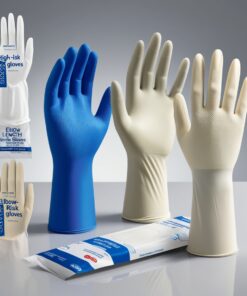 Dermagrip latex powder free
1 × R36,942.00
Dermagrip latex powder free
1 × R36,942.00 -
×
 school uniforms
1 × R247.00
school uniforms
1 × R247.00 -
×
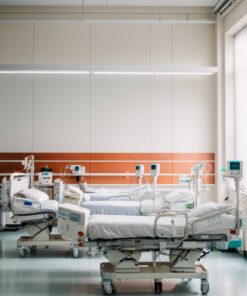 airmattress for wound care
1 × R1,878.10
airmattress for wound care
1 × R1,878.10 -
×
 portable breathing machine
1 × R13,473.00
portable breathing machine
1 × R13,473.00 -
×
 home remedy for low blood pressure
1 × R818.44
home remedy for low blood pressure
1 × R818.44 -
×
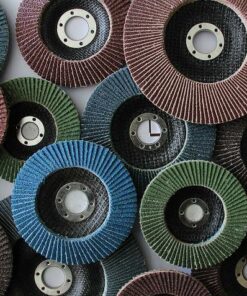 Abrasive industry
1 × R129.97
Abrasive industry
1 × R129.97 -
×
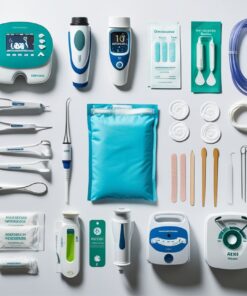 Bandage Triangular Non-Woven - Hi-Care
1 × R7.00
Bandage Triangular Non-Woven - Hi-Care
1 × R7.00 -
×
 Hospital medical exam beds
1 × R2,682.02
Hospital medical exam beds
1 × R2,682.02 -
×
 surf hand washing powder
1 × R29.87
surf hand washing powder
1 × R29.87 -
×
 electric lift chair
1 × R2,366.00
electric lift chair
1 × R2,366.00 -
×
 atrauman ag dressing
1 × R55.80
atrauman ag dressing
1 × R55.80 -
×
 Product
1 × R7.14
Product
1 × R7.14 -
×
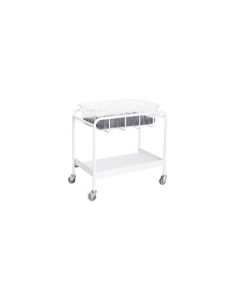 Mobile bassinette with
mattress MAS-B88
1 × R5,159.00
Mobile bassinette with
mattress MAS-B88
1 × R5,159.00 -
×
 portable oxygen machine dischem
1 × R14,577.60
portable oxygen machine dischem
1 × R14,577.60 -
×
 disposable bed sheets medical
1 × R266.61
disposable bed sheets medical
1 × R266.61 -
×
 2DXuixsh 100 Pcs Nitrile Disposable Gloves Powder Free Rubber Latex Free Food ...
1 × R182.00
2DXuixsh 100 Pcs Nitrile Disposable Gloves Powder Free Rubber Latex Free Food ...
1 × R182.00 -
×
 Stericycle - 5GWMV4 - Regulated Medical Waste Mailback System
1 × R525.00
Stericycle - 5GWMV4 - Regulated Medical Waste Mailback System
1 × R525.00 -
×
 4x4 sterile dressing
1 × R56.99
4x4 sterile dressing
1 × R56.99 -
×
 physician assistant white coat embroidery
2 × R227.67
physician assistant white coat embroidery
2 × R227.67 -
×
 all heart scrubs
1 × R358.00
all heart scrubs
1 × R358.00 -
×
 3 in 1 bedside commode
1 × R1,162.22
3 in 1 bedside commode
1 × R1,162.22 -
×
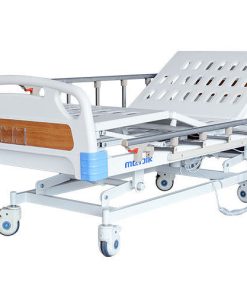 3 Function Electric medical
bed
2 × R23,100.00
3 Function Electric medical
bed
2 × R23,100.00 -
×
 4q herbicide
1 × R165.00
4q herbicide
1 × R165.00 -
×
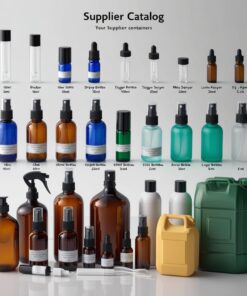 10ml Blue Glass Bottle with Pipette
1 × R22.00
10ml Blue Glass Bottle with Pipette
1 × R22.00 -
×
 5 types of personal protective equipment
1 × R49.33
5 types of personal protective equipment
1 × R49.33 -
×
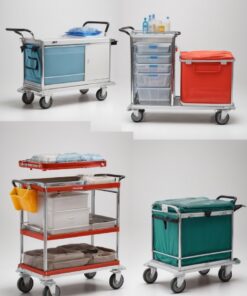 5 drawer Emergency trolley (2 to 3 weeks delivery times)
1 × R9,237.24
5 drawer Emergency trolley (2 to 3 weeks delivery times)
1 × R9,237.24 -
×
 home sharps container
1 × R2.93
home sharps container
1 × R2.93 -
×
 meta pro Lab coat
1 × R132.00
meta pro Lab coat
1 × R132.00 -
×
 Surf Hand Washing Powder (9 x 2kg)
1 × R520.78
Surf Hand Washing Powder (9 x 2kg)
1 × R520.78 -
×
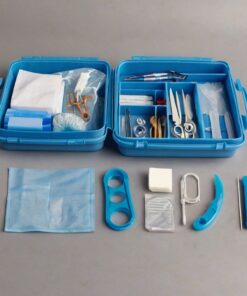 Ostomy Care Kit
1 × R205.00
Ostomy Care Kit
1 × R205.00 -
×
 AED - ECG CABLES
1 × R7,922.00
AED - ECG CABLES
1 × R7,922.00 -
×
 Red 1000 liter wheelie bin
2 × R10,600.00
Red 1000 liter wheelie bin
2 × R10,600.00 -
×
 airport benches
1 × R3,213.50
airport benches
1 × R3,213.50 -
×
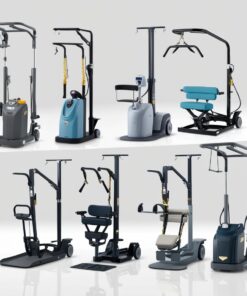 patient lifter hoist
1 × R23,928.78
patient lifter hoist
1 × R23,928.78 -
×
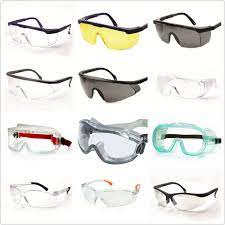 arena goggles
1 × R8.99
arena goggles
1 × R8.99 -
×
 bova boots size 10
1 × R585.00
bova boots size 10
1 × R585.00 -
×
 Industrial 8 Mil Green Nitrile Gloves - Latex Free, Powder Free, Non ...
2 × R182.00
Industrial 8 Mil Green Nitrile Gloves - Latex Free, Powder Free, Non ...
2 × R182.00 -
×
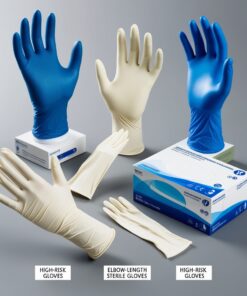 Dermagrip latex sensitive
1 × R36,968.00
Dermagrip latex sensitive
1 × R36,968.00 -
×
 Sharps container 500ml Base & Lid Rectangular
1 × R29.99
Sharps container 500ml Base & Lid Rectangular
1 × R29.99 -
×
 Stericycle 1 Gallon Disposable Mailback System - Twin Pack (3 Kits/Case)
1 × R2,999.99
Stericycle 1 Gallon Disposable Mailback System - Twin Pack (3 Kits/Case)
1 × R2,999.99 -
×
 3d herbicide mixing ratio
1 × R265.00
3d herbicide mixing ratio
1 × R265.00 -
×
 Disposable plastic Body bags-with centre zip x-large
1 × R131.57
Disposable plastic Body bags-with centre zip x-large
1 × R131.57 -
×
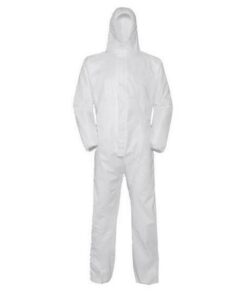 Disposable 50 gsm coveralls small
1 × R31.45
Disposable 50 gsm coveralls small
1 × R31.45 -
×
 oxygen tanks for home
1 × R4,872.40
oxygen tanks for home
1 × R4,872.40 -
×
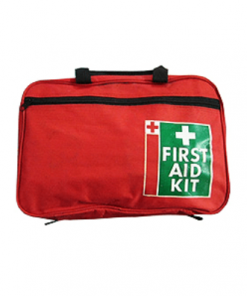 first aid box
1 × R330.00
first aid box
1 × R330.00 -
×
 10 km speed limit sign
1 × R210.99
10 km speed limit sign
1 × R210.99 -
×
 antiseptic wipes
1 × R129.99
antiseptic wipes
1 × R129.99 -
×
 best white coat for doctors
1 × R218.73
best white coat for doctors
1 × R218.73 -
×
 3 Layer Fabric Cloth Mask
1 × R8.99
3 Layer Fabric Cloth Mask
1 × R8.99 -
×
 Violet 120 liter wheelie bin
1 × R640.00
Violet 120 liter wheelie bin
1 × R640.00 -
×
 240l garden waste bin
1 × R1,143.90
240l garden waste bin
1 × R1,143.90 -
×
 100 x Medium Nitrile Disposable Gloves
1 × R182.00
100 x Medium Nitrile Disposable Gloves
1 × R182.00 -
×
 Bulk 3PLY Disposable Face Mask
1 × R19.99
Bulk 3PLY Disposable Face Mask
1 × R19.99 -
×
 Disposable Gloves Hand Nitrile Vinyl Gloves, Latex Free, Allergy Free, Powder ...
1 × R154.99
Disposable Gloves Hand Nitrile Vinyl Gloves, Latex Free, Allergy Free, Powder ...
1 × R154.99 -
×
 100 waterproof work boots
1 × R221.99
100 waterproof work boots
1 × R221.99 -
×
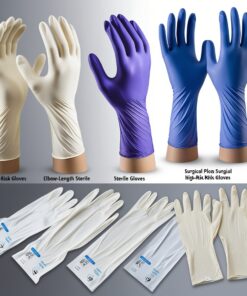 Dermagrip non latex sensitive surgical gloves
1 × R37,098.00
Dermagrip non latex sensitive surgical gloves
1 × R37,098.00 -
×
 portable oxygen concentrator for sale
1 × R13,297.00
portable oxygen concentrator for sale
1 × R13,297.00 -
×
 bova safety boots price check
1 × R447.60
bova safety boots price check
1 × R447.60 -
×
 Disposable Gloves Home Gardening Extra Strong Latex Gloves Garden Cleaning Powder ...
1 × R154.99
Disposable Gloves Home Gardening Extra Strong Latex Gloves Garden Cleaning Powder ...
1 × R154.99 -
×
 Dermagrip non latex
1 × R37,007.00
Dermagrip non latex
1 × R37,007.00
High risk gloves
R280.00 Ex VAT
The use of gloves in the medical field extends beyond protecting healthcare workers. They are also crucial in protecting patients, especially those with compromised immune systems. For example, during chemotherapy administration, nurses wear gloves to protect both themselves and their patients from the cytotoxic effects of the drugs. Similarly, gloves are used when handling sterile instruments and supplies, ensuring that patients are not exposed to contaminants. Latex ambulance high-risk examination gloves are specifically designed for emergency medical services (EMS). These gloves provide robust protection and flexibility, allowing paramedics to perform life-saving procedures with confidence. The availability of latex high-risk examination gloves for sale ensures that EMS providers can maintain a steady supply of high-quality gloves, crucial for their demanding work environments
In the medical field, gloves are an essential piece of personal protective equipment (PPE), ensuring the safety of both healthcare professionals and patients. There are various types of gloves used in medical settings, each designed for specific tasks and levels of protection. Among the most common types are nitrile gloves, latex gloves, and vinyl gloves. Each type offers unique benefits and is selected based on the requirements of the procedure and the potential exposure to infectious materials.\n\n The latest high-risk examination gloves incorporate advanced materials and technologies to enhance protection and usability. Innovations in glove manufacturing have led to the development of powder-free options, reducing the risk of allergic reactions and contamination. Latex high-risk exam gloves, available in various sizes including medium, large, and extra-large, are a staple in many healthcare settings due to their excellent fit and elasticity, providing superior tactile sensitivity.
